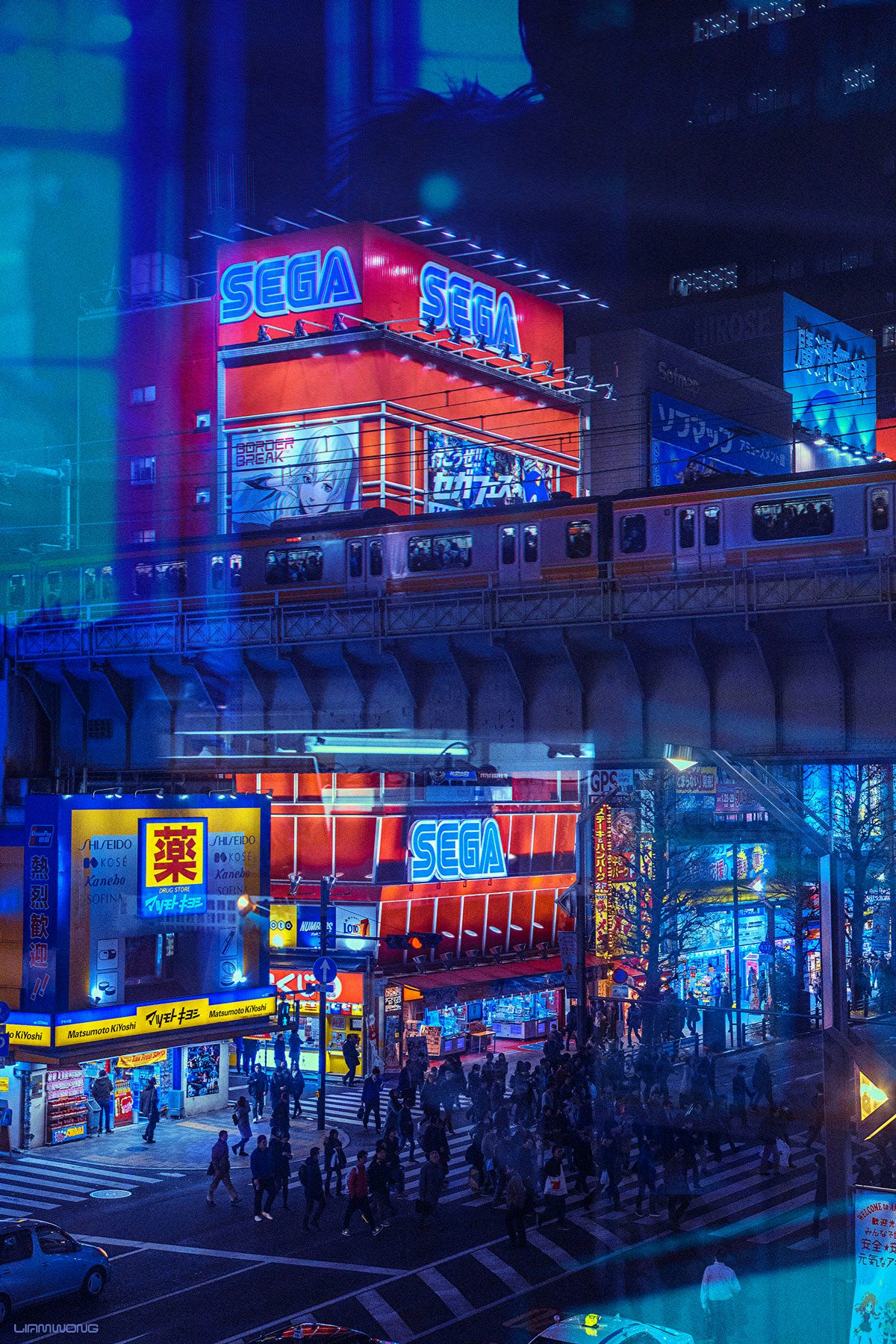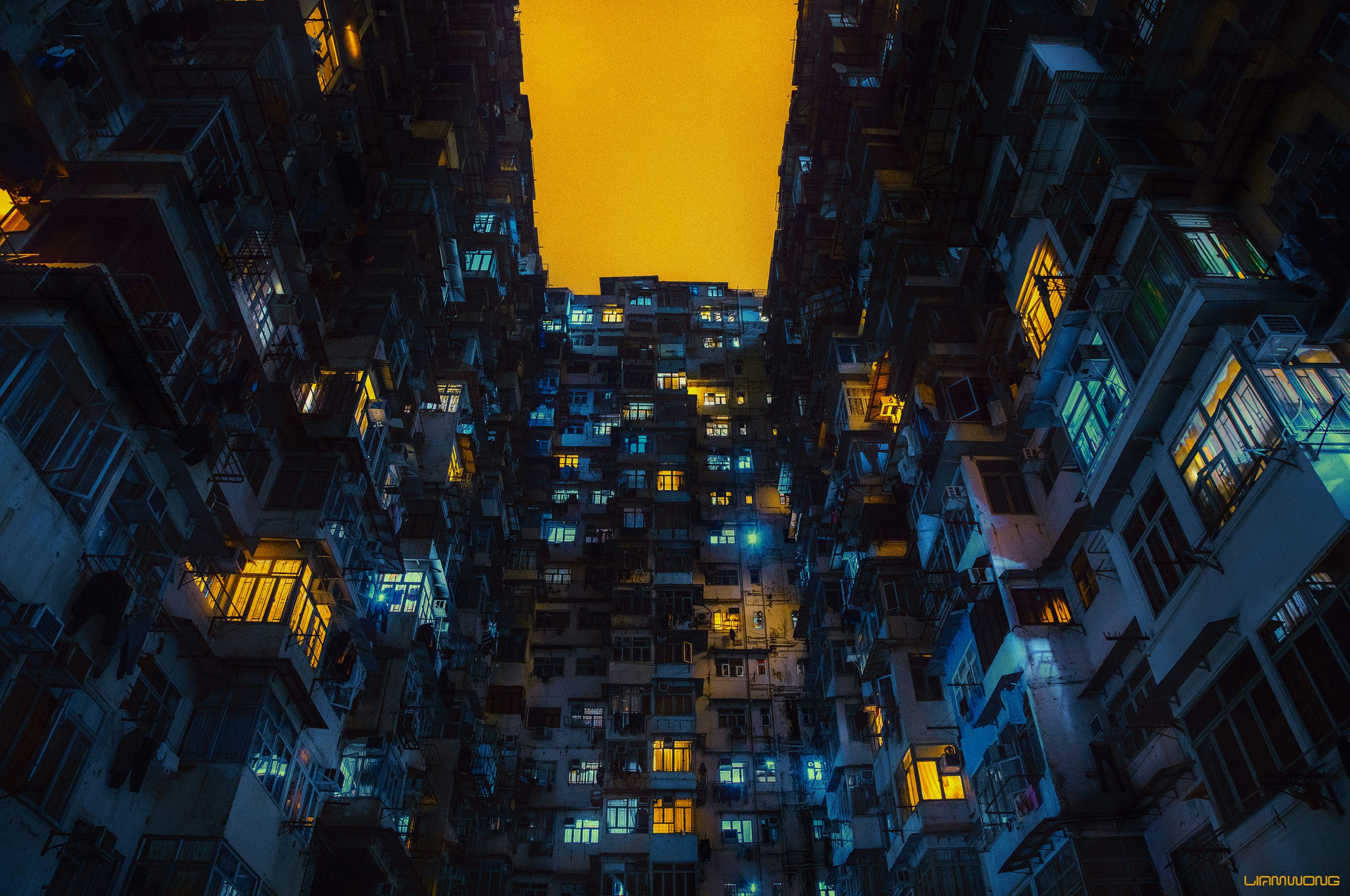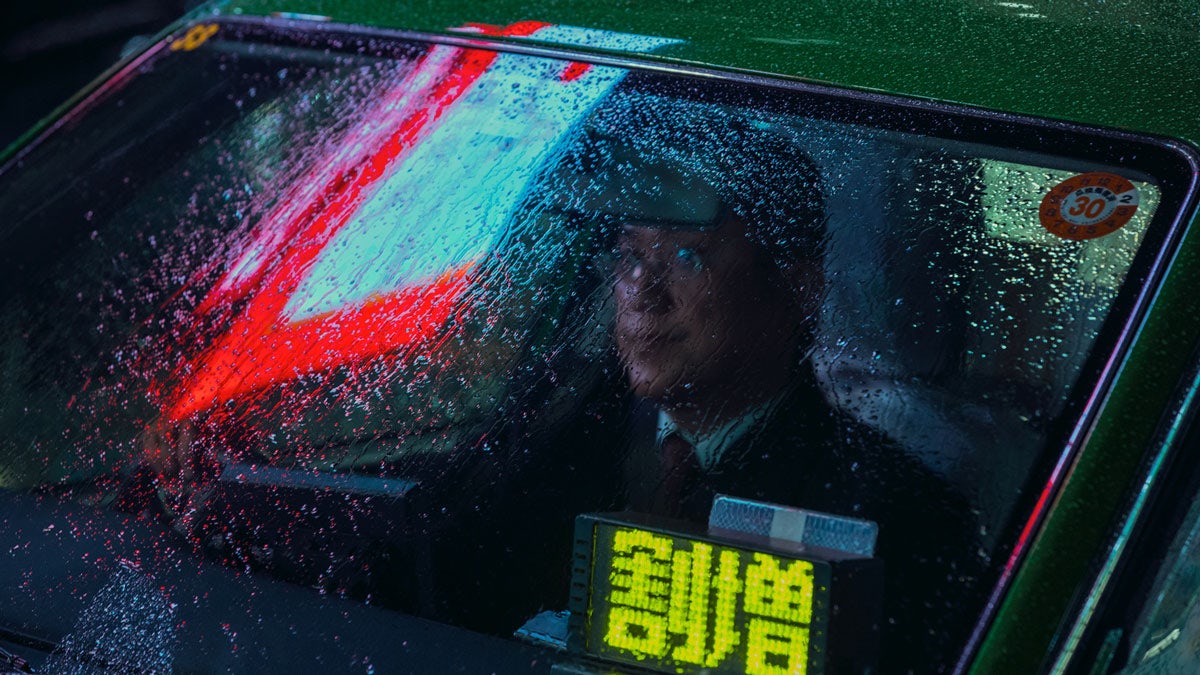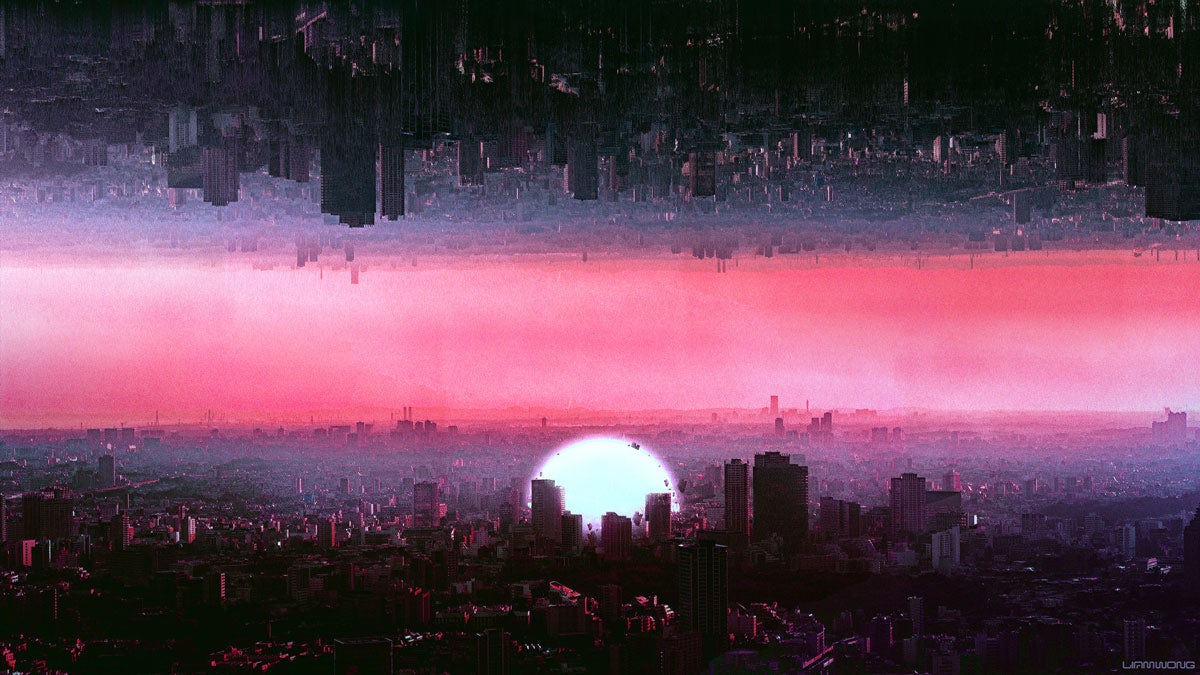Liam Wong on his journey from gaming to photography
As Ubisoft’s youngest art director Wong worked on some of the world’s biggest video games, but recently gave it all up for freelance life. He discusses pushing himself outside of his comfort zone, and the cityscapes that have inspired his style
“For the last ten years I’ve been pushing myself outside of my comfort zone; I always find the best stuff you make is when you’re challenging yourself and you’re learning new skills,” says Liam Wong, while talking about his decade-long career in the creative industries.
Looking at his journey so far, it’s clear that Wong practices what he preaches. Earlier this year he decided to give up a job that many creatives would kill for as an art director at Ubisoft – the company behind blockbuster games including Assasin’s Creed and Just Dance – to become a freelance creative focusing mainly on photography.

Growing up in Edinburgh, Wong had big aspirations from day one. “When I was ten years old I wrote a piece at school about me in the future and it said: ‘I think I’ll be a strategy game designer for Playstation, Dreamcast or a new computer console of the future. I would at least like to have a futuristic car, live on the moon and have a big house’,” he says.
At first, things didn’t quite go to plan for Wong. Despite his enthusiasm for art, his ego was deflated by school reports suggesting that he was struggling with the subject. He took a year out after school, and pretty much did nothing but play World of Warcraft for those twelve months.

When Wong did go to university, it was to study computer arts at the University of Abertay. He didn’t make his first game, Colour Coded, until his third year, but when he did finally get around to it, it went on to be nominated for two BAFTA awards. “It was the first time in my life that I didn’t feel like a complete failure,” he says.
Today, Wong still can’t drive and isn’t any closer to living on the moon, but he can boast having a successful career as an art director for games under his belt. He joined Ubisoft’s Montreal headquarters as its youngest art director in 2013, and spent the next five years creating graphics for big-name game series such as Far Cry, which has reportedly shifted over 25 million units to date and was one of the best-selling games of 2018.
“As graphic designers you end up working on stuff in different areas all the time,” says Wong. “I was sat there doing art for made-up worlds, stuff like the financial district of New York, Chinatown, sci-fi panels, signs in the environment, making up fictional gun company logos. [2D art] hasn’t really existed in video games until now I’d say, when they’re taking it a bit more seriously.”
Given his blossoming career in the gaming world, Wong’s decision to quit his job and become a freelance photographer probably came as a shock to many of his peers. Delve a little deeper however, and the leap isn’t as far as you’d initially think. For starters, he was already using photographic references as one of the key visual ingredients in his existing job, which in turn would influence the aesthetic and colour palette of the fictional worlds he was creating.

After saving up for his first DSLR in 2015, the trusty Canon 5D III would accompany him on business trips to Toronto, New York and London. “I didn’t even go to London until I was 20-something, so going to a new city and being a graphic designer you really just become obsessed. I learned more about graphic design, shapes and compositions, but along the way built my confidence and became a better artist in the process. It really helped me train my eye for composition,” says Wong.
His friends encouraged him to set up an Instagram to share his work more publicly, which in turned helped him to hone his style of Blade Runner-esque imagery, which looks like something straight out of a video game. “I started to think ‘Ok, maybe I’ll take pictures at night, maybe I’ll wait for when it rains’ and it kind of became a defining moment for me, having an idea that could cross over my photography and art skills. So my thing mostly became capturing real moments and turning them into the surreal,” he says.

Unlike some photography purists, Wong isn’t snobbish about using editing software like After Effects or Lightroom either, treating his craft the same way as he does art direction. “A lot of people don’t like it when you edit stuff but I was like, ‘I kind of don’t care, I’m just going to keep editing’,” he says. “I started to create a colour palette for my photography, thought about the content of the shots, and really tried to tighten up the composition.”
Wong’s first trip to Japan resulted in his breakout photo series depicting a highly stylised vision of noctural Tokyo, which has since been turned into book by Thames & Hudson’s crowdfunding offshoot Volume. The book’s release was one of the final pushes he needed to take the plunge and focus solely on photography, but Wong insists that the move had been a long time coming.

“I think every single creative I know probably wants to work for themselves at some point, or at least have a period of time when they can just focus on their own projects. Any of the jobs I’ve been in, after a while I was like ‘I really want to quit’ and would never do it, because stuff comes up. You realise it’s very stable, so taking the leap and going freelance was terrifying. [With Ubisoft] it was probably just the right time. I’d done five and a half years, my apartment was running out in Canada, I’d just finished up a big game. I would never leave a job without finishing up a product, but mentally I probably thought about it every day since I got into the job,” he adds.
As for what’s next? Wong is planning to continue pushing himself out of his comfort zone, and is currently working on a game and a short film. His love affair with new cities isn’t set to end anytime soon either, with Hong Kong being the next shooting location on his list. “I’ve been to a lot of cities, but if I start posting a lot and they all look the same it would actually be worse for just trying to create a style and a mood,” he says. “As a graphic designer I kind of knew that the way I placed my photography work would have an impact on the growth of my art itself.”

Liam Wong was speaking at Birmingham Design Festival, which which took place from 6-8 June 2019; liamwong.com




